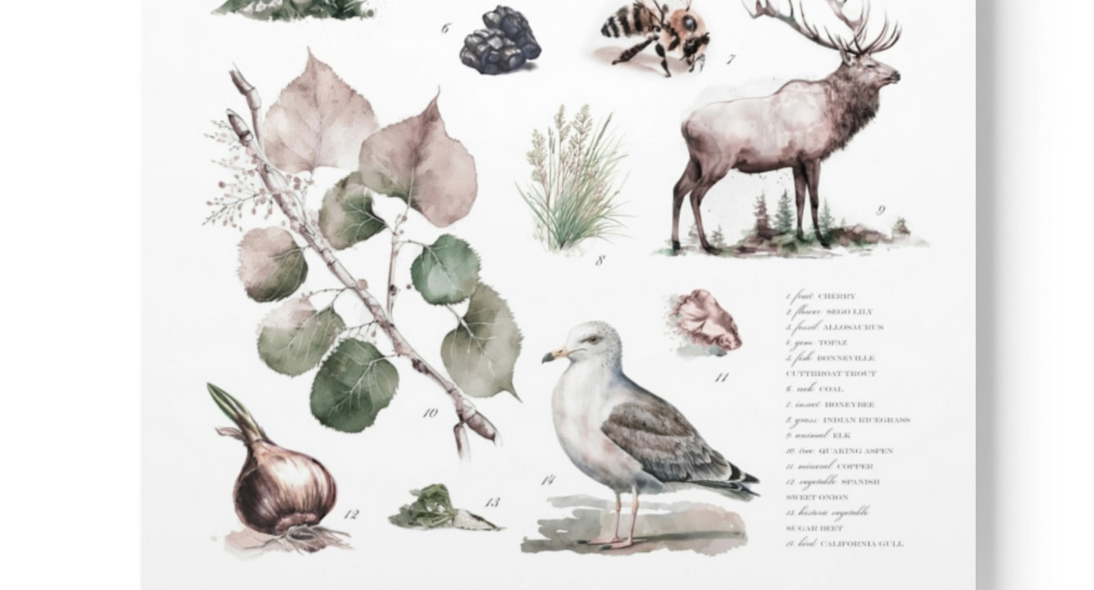Mar 16th 2023
Quaking Aspen or Pando? Utah State Tree
What is a Pando?
Deep in the Fishlake National Forest lives the "Pando," a mysterious little furry creature seen only by few, and never yet photographed... Uh, nope. The Pando is not a mysterious creature, but the world’s largest and heaviest living organism! It does live in Fishlake and covers 106 Utah acres! This organism is actually a "forest" of Quaking Aspen trees that share one massive underground root system.
Discovered in 1968 by a botanical researcher who learned that he was looking at, not a forest of trees, but ONE living tree, with each stem appearing to us as its own whole tree. 47,000 of them. The deep horizontal root system has helped it edge out other trees and thrive through even forest fires. In fact, fires are to its benefit over other trees that might seed, sprout and displace it.
The latin word Pando means "I spread" or "I spread out." The Quaking Aspen became Utah's state tree in 2014 after a grassroots effort to upseat the original state tree. While quaking aspens live in many states, given the bragging rights to the Pando, one can see why it became the Utah state tree, rather late in life.
The Pando lives at an elevation of almost 9,000 feet, although in general quaking aspens live from 6,000 to 10,000. Their leaves flutter, or "quake," in a slight breeze, thus getting its name. Leaf shape varies from oval to broadly oval, with the top being rounded or coming to a point, and the base rounded or square. Its trunks are thin and white and they're usually 40 feet tall.
The aspens cover Utah's higher elevations from the Wasatch range all the way south to the Cedar Breaks / Brian Head neighborhood. They turn the mountain sides and valleys a golden yellow in the autumn, covering them with a beautiful warm hue in the later months of the year. Hopefully, they'll keep cloning themselves, blanketing our mountains and providing for the animals who habitat there.




